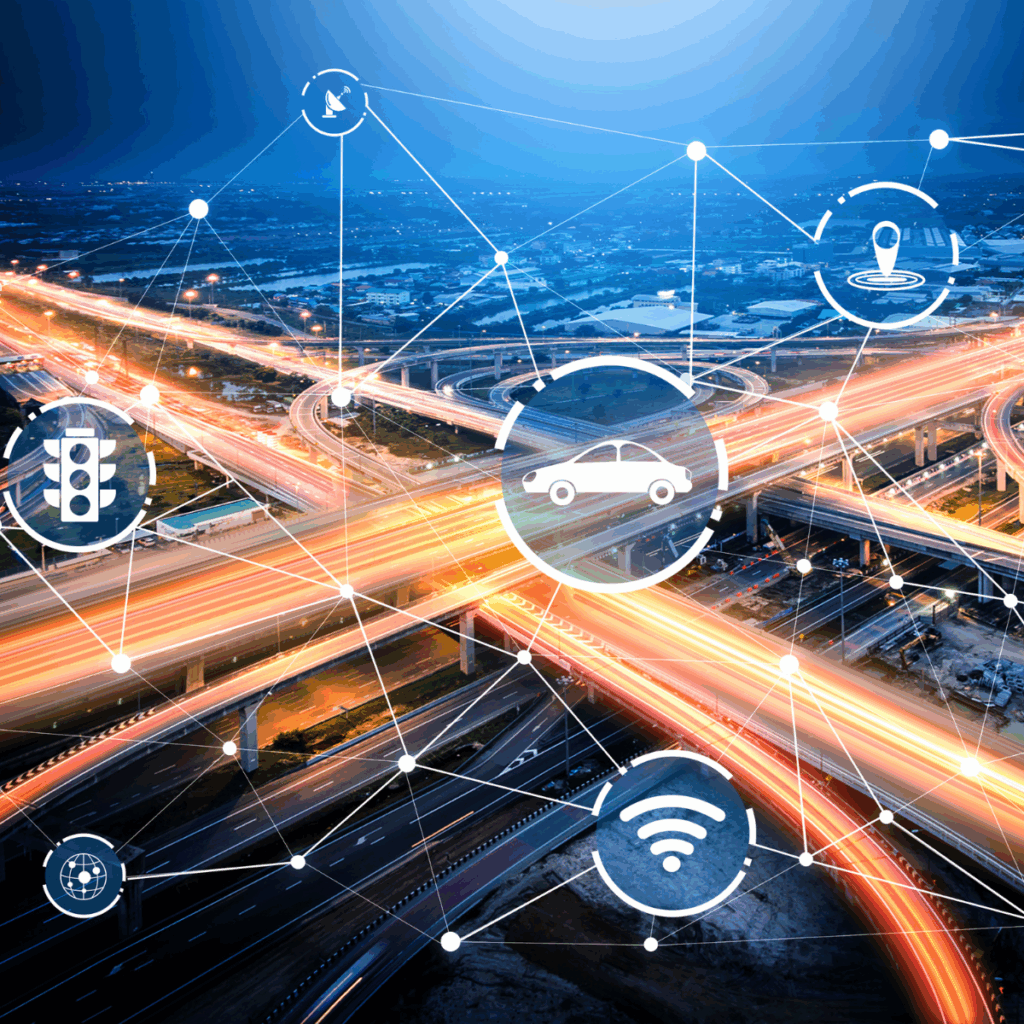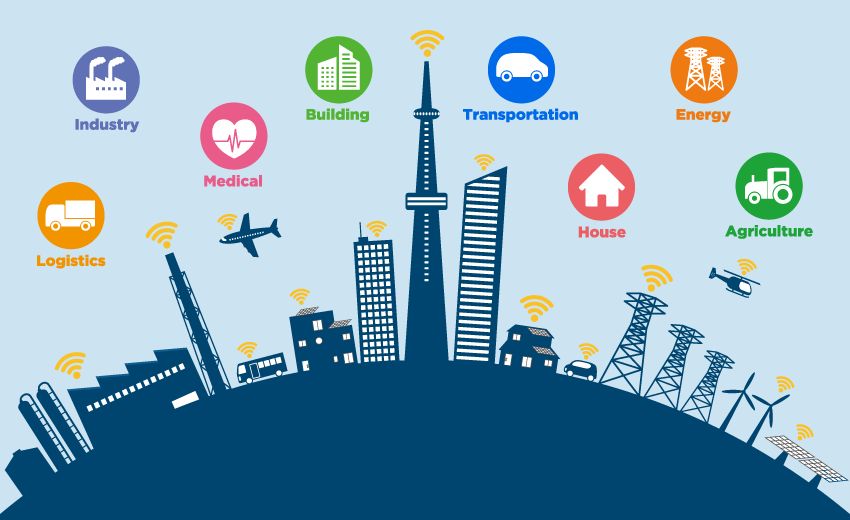Why Inclusive Mobility Tech Matters More Than Ever
The evolution of smart cities has accelerated innovation in transportation. However, inclusive mobility tech is still underrepresented in many urban planning strategies. As we introduce electric vehicles, autonomous systems, and Mobility-as-a-Service (MaaS), we must also ask: Are these systems accessible to everyone?
From seniors and people with disabilities to those in rural or underserved areas, many communities remain disconnected from the benefits of smart mobility. Inclusive transport isn’t just ethical but also essential to achieving resilience, equity, and sustainability in modern urban development.
What Does Inclusive Mobility Actually Look Like?
Beyond Cars: Expanding the Definition of Smart Mobility
While electric and autonomous vehicles often dominate the conversation, inclusive mobility considers a wider set of transport modes:
🚲 Bike-sharing stations in low-income districts
🚌 Real-time bus tracking in rural areas
🚶♀️ Walkable paths for people with limited mobility
📱 Mobile apps with multilingual and accessible interfaces
Incorporating these elements ensures that everyone—not just the tech-savvy or wealthy,can benefit from smart infrastructure.
Digital Access Is Transport Access
Mobile platforms have become central to how users access transport. However, without inclusive mobility tech, digital gaps can leave entire populations out. For example, app-only ticketing systems may exclude elderly riders andinterfaces without assistive features alienate people with disabilities.
This is where design becomes critical. Accessibility features, such as voice commands, large font options, and offline capabilities, can help bridge the digital divide.
Tech Tools That Support Inclusive Transport Planning
Data Analytics for Equity Mapping
Cities can use data to identify service gapst. Tools powered by AI and geospatial analytics can highlight areas underserved by public transit or lacking infrastructure for cyclists and pedestrians. These insights enable planners to prioritize investment and expansion in ways that are both smart and fair.
IoT Sensors and Responsive Infrastructure
Connected devices can make transport systems more adaptable. For instance, smart crosswalks can adjust signal timing based on pedestrian flow, while wheelchair sensors can notify buses to deploy ramps automatically. These are real applications of inclusive mobility tech that enhance dignity and independence.
Digital Twins for Scenario Testing
With digital twin technology, planners can simulate the effect of new routes, infrastructure upgrades, or service changes. This allows them to test whether proposals meet the needs of all users before allocating resources, thereby minimizing risk and maximizing impact.
Challenges to Building Inclusive Mobility Ecosystems
Despite the availability of technology, several challenges still slow the adoption of inclusive transport planning:
- Budget limitations: Inclusive design often requires initial investment.
- Policy gaps: Many regulations do not yet require accessibility in digital platforms.
- Fragmentation: Lack of integration between transport modes and data systems hinders holistic planning.
However, forward-thinking partnerships, especially between the public sector and mobility tech providers, are addressing these barriers.
How MTi Arabia Supports Inclusive Mobility
At MTi Arabia, we believe that mobility must work for everyone, not just for cars or commuters. That’s why we design, integrate, and support inclusive mobility tech that enhances connectivity for all urban residents.
We collaborate with governments, infrastructure providers, and community leaders to implement scalable solutions such ase sensor-enabled transport systems, data platforms, and smart infrastructure, that prioritize access, equity, and inclusion at every step.
Conclusion: Moving Everyone, Not Just Vehicles
In the long run, smart cities that succeed will be those that move people, not just vehicles. By investing in inclusive mobility tech, cities can become more equitable, resilient, and future-ready.
It’s time for transport planning to prioritize accessibility, inclusion, and diversity, ensuring that no one is left behind in the journey toward innovation.Explore how MTi Arabia can help you leverage these trends to revolutionize your city. Contact us here.



